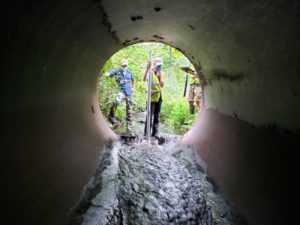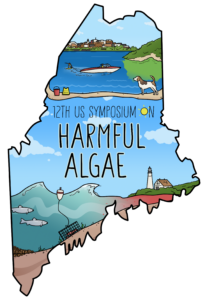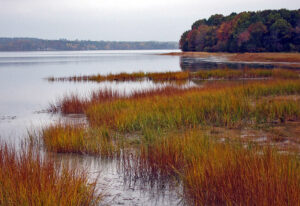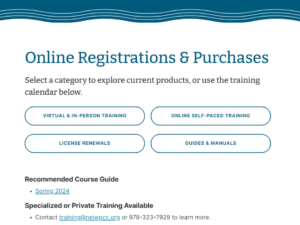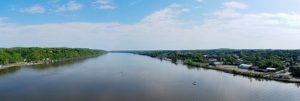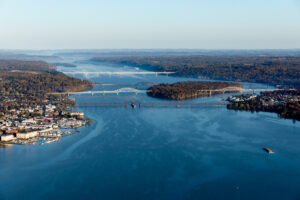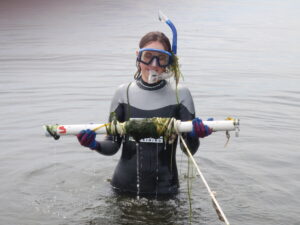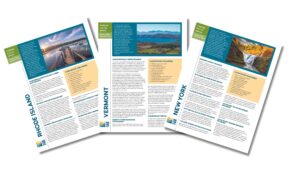-
Funding Available for Tributary Restoration Projects in the Hudson River Estuary
NEIWPCC and the New York State Department of Environmental Conservation’s Hudson River Estuary Program invite proposals for projects that will help communities restore aquatic organism passage and habitat connectivity, reduce
-
Call for Abstracts Now Open: U.S. Symposium on Harmful Algae
NEIWPCC is now accepting abstracts for the 12th U.S. Symposium on Harmful Algae, to be held October 27 – November 1, in Portland, Maine. NEIWPCC is coordinating the symposium with support
-
Clean Water Podcast Examines Restoration in New Hampshire’s Great Bay
Along the coast of New Hampshire, water quality improvements, eelgrass restoration, oyster aquaculture, and the local food movement come together in this episode of the “Clean Water Pod” podcast. Listeners
-
Spring Course Registration Now Available on Updated Wastewater Training Webpage
Wastewater professionals seeking to sign up for NEIWPCC training courses are in for a treat. The training webpage recently got a makeover to make the site more user-friendly and enhance
-
Funding Available for Hudson River Shoreline Resiliency Project
NEIWPCC and the New York State Department of Environmental Conservation’s Hudson River Estuary Program invite proposals from environmental engineering firms interested in partnering with high flood-risk Hudson Riverfront municipalities to
-
New Video Highlights the Youth and the Environment Program
NEIWPCC’s YouTube channel has a new video about the Youth and the Environment Program (YEP), which has been providing youths from underserved communities with experiences in the environmental field since
-
EPA Honors NEIWPCC Partner with Lifetime Achievement Award
For more than 50 years, the U.S. Environmental Protection Agency (EPA) New England region has recognized those who have made outstanding contributions to protect the region’s environment. The 2023 Environmental Merit
-
Clean Water Podcast Delves Into Maryland’s Nutrient Reduction Strategy
Addressing nutrient pollution in the largest estuary in the United States – the Chesapeake Bay – is the topic of the latest episode of the “Clean Water Pod” podcast. Maryland’s
-
Staff Spotlight Video Series Highlights Work of NEIWPCC Employees
In a new video series available on the NEIWPCC website and social media channels, viewers can hear from NEIWPCC staff about work being done to preserve and advance water quality
-
Reports Detail NEIWPCC’s Annual Scope of Work for Each Member State
NEIWPCC’s annual state summaries are now available on its website. These two-page reports provide a breakdown of NEIWPCC’s work from 2022-2023 in each member states, as well as collectively across
